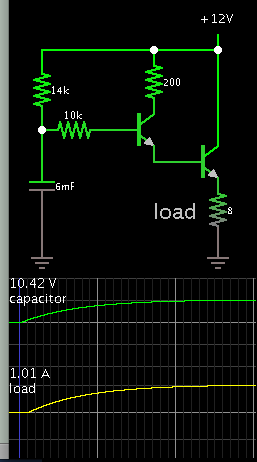mossyoak1974
Newbie level 2
First off hello all. Im new to trying to build a circuit board and have a question. I am trying to build a board to slowly fade on a 10w led flood light over about a 3 to 5 minute time frame using a 12v source. My question is, is this fesable and what type resistors and capacitors would i need. Thanks for any help.
Zack
Zack

